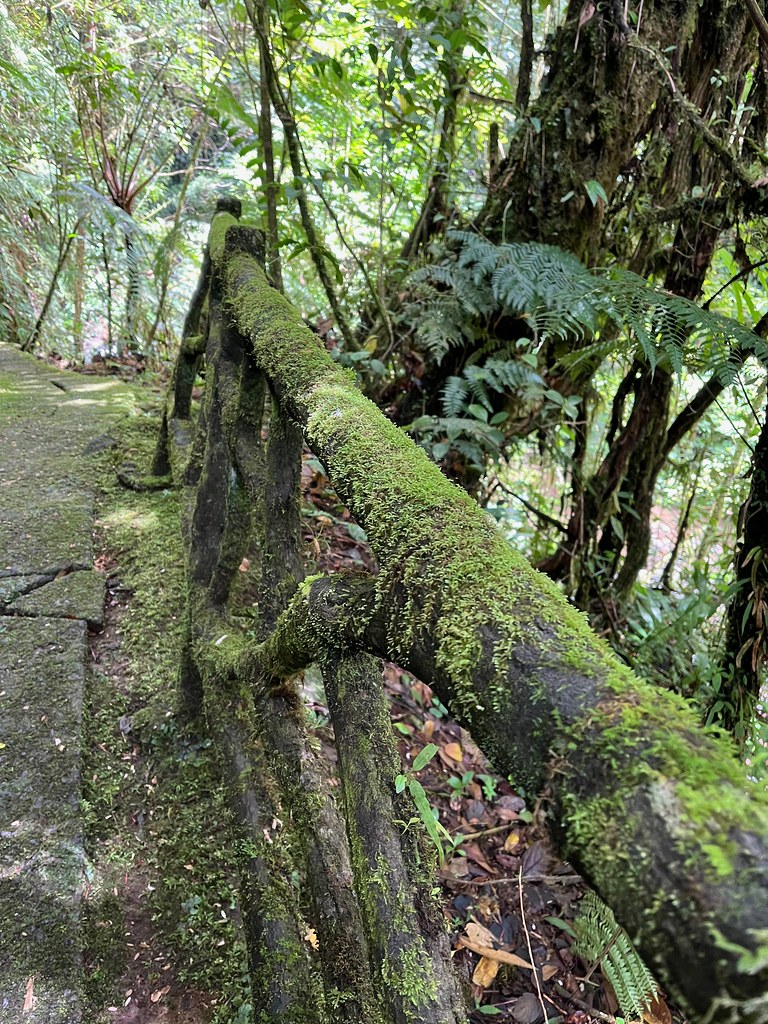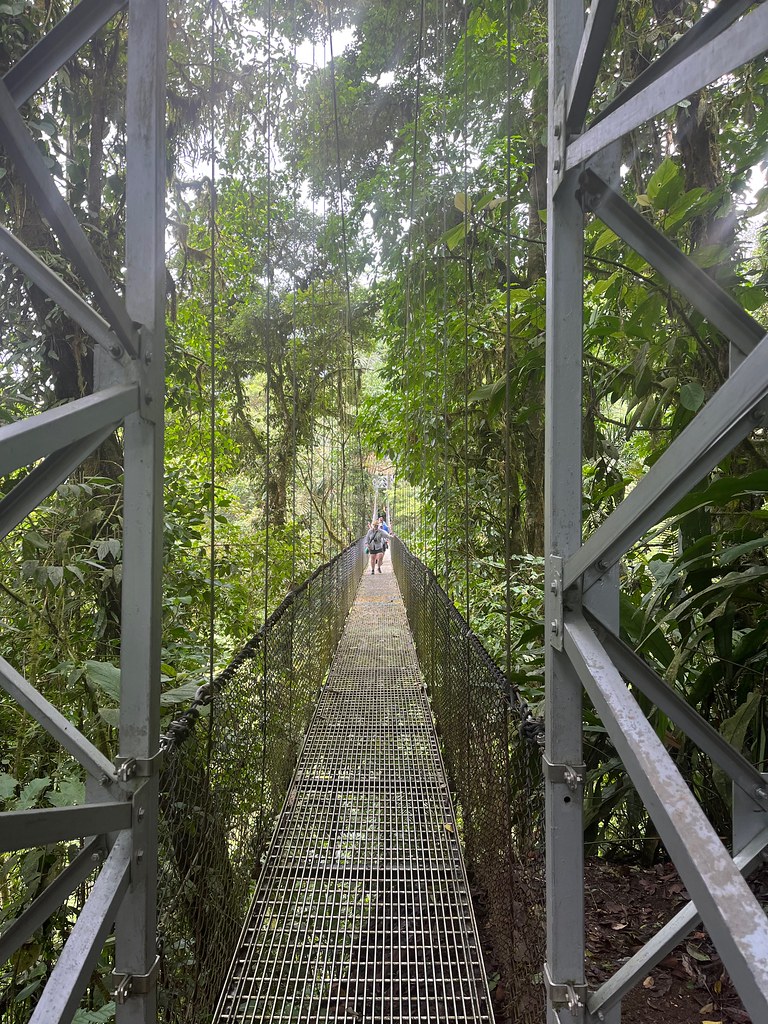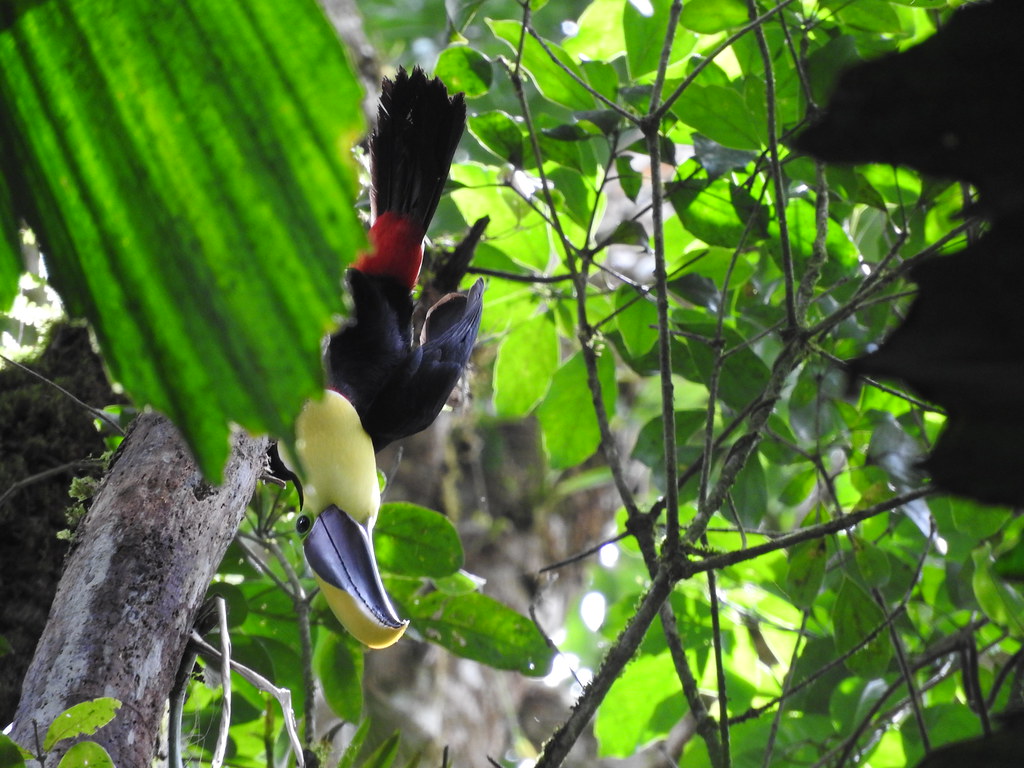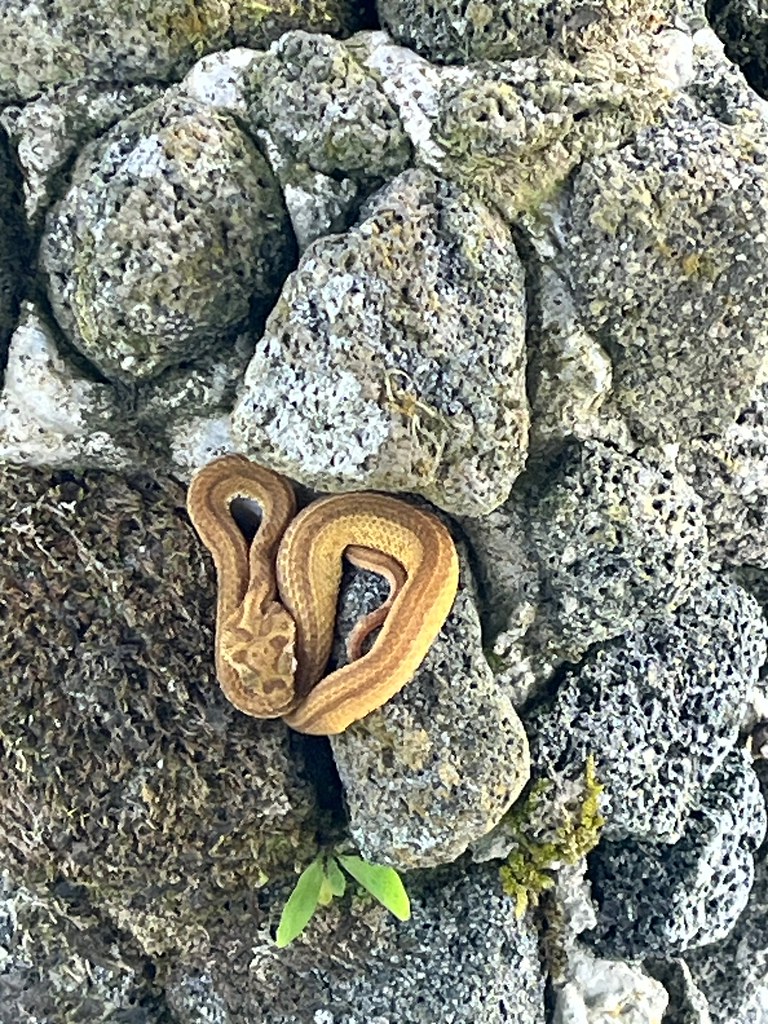We landed at Juan Santamaría airport in San José on a Friday afternoon, clearing Immigration and Customs nearly effortlessly. Then we got a taste of rush hour traffic riding on the shuttle to retrieve our rental car. Driving conditions became a lot more difficult later in the trip although I didn’t know it at the time. A little traffic? Child’s play. So we settled in for the evening at an airport hotel and prepared for the big push the following morning.
I figured Saturday morning would be a relatively quiet time to leave for our first destination. Well, no. Recreational bicyclists also appreciated this twisting, scenic, mountainous route, and they apparently liked weekends too. So I had to pass hordes of bicycles along with the dogs and the walkers and the potholes on hairpin turns through the hills as we climbed ever higher. It became a great introduction to Costa Rican roads. Our first stop — only 36 kilometres away at a normal, safe speed — took about an hour. That’s 22 miles per hour, and not entirely unusual for secondary roads around here.
La Paz Waterfall Gardens Nature Park
However, the reward surpassed the hassle once we arrived at La Paz Waterfall Gardens Nature Park on National Secondary Route 126 (map). I made this YouTube video of the waterfalls that we found there. It also has a couple of waterfalls from later in the trip but most of them came from La Paz. Go ahead and watch it, and make me feel better for having the world’s lamest YouTube channel.
They’re spectacular, and appear in quick succession along Río La Paz. A well-maintained trail leads sharply downhill into a gorge past each set of falls. Then a shuttle bus waits at the bottom, bringing visitors back to the top so nobody has to walk uphill. Even so, we hiked back anyway and explored the lesser-used Fern Trail through dense rain forest.

There were ferns of course but Moss Trail would be a great alternative name. Vibrant butterflies of every size and color combination also flew through the tangled vegetation everywhere we walked.
There was more. The park included a small zoo with various birds, monkeys, snakes, frogs, and a butterfly house. We’d see many of the same creatures in the wild during latter parts of the trip.
Hanging Bridges

We continued onward to La Fortuna. One of the favorite attractions there is Místico Arenal Hanging Bridges Park a few kilometres west of town near Lake Arenal (map). It’s popular, it makes all kinds of “best of” lists, and it generally requires advance reservations during the dry season. However, we had no trouble snagging same-day admission during the slow time of year (we did call ahead and check). Once there, we opted for a guided tour which I would also recommend. There’s no way we would have spotted even a tenth of the interesting plants and animals, like this Yellow-Throated Toucan foraging high in the treetops:

So it’s basically a lovely walk through rain forest where humidity hangs heavy on the hills and water drips much of the time through greenery. The trail also crosses several suspension bridges over steep ravines along the way. This lets people experience different ecosystems from ground-level to the tree canopy. Our older kid, the budding entomologists, was enthralled by so many opportunities to photograph unusual bugs.
Arenal

Volcán Arenal (map) simply dominates the background around La Fortuna — assuming it’s visible. And there’s no guarantee during the rainy season when clouds completely obscure it, like when we first arrived. Then, unexpectedly, we woke up to a completely sunny day. I managed to photograph this massive stratovolcano from a number of angles as we drove between destinations.
This is an active volcano and it’s still young. It last erupted in 2010 and there’s no indication that it’s finished. Its internal embers still fuel countless hot springs and spas that figure into the itinerary of many La Fortuna visitors. Not me though. Soaking in hot water when it was already plenty hot and humid outside didn’t sound appealing.
The Observatory

It was such an unusually beautiful day and we wanted to take advantage of every moment of sunshine. So on a whim we diverted from our intended path and headed to the Arenal Observatory, which includes both a lodge and trails (map). Volcanologists from the Smithsonian Institute started coming here in the 1970’s to study Arenal; the original lodge served as a research station. Now it’s completely upgraded and expanded to luxury standards and focuses on eco-tourism. Visitors can get a day pass though, and that’s what we did so we could enjoy the trails and admire the view.
I’ve already included a photo of the volcano from another angle, and I’ve added the nearby waterfall to the video so I’ll post this snake photo instead. That’s an Eyelash Viper, and yes it’s venomous. We’d hiked to an observation post and the snake was just hanging out on some rocks enjoying the sun a couple metres away from us. It served as a friendly reminder to pay attention because the plants, animals, terrain and weather in Costa Rica can bring surprises.
Articles in the Costa Rica Series
- Intentions and Observations
- In the Shadow of the Volcano
- Exploring La Fortuna
- Brew Day
- Relaxing in Tamarindo
- Beyond the Beach
- On To Monteverde
- Completing the Circuit
See Also: The Complete Photo Album on Flickr

Leave a Reply